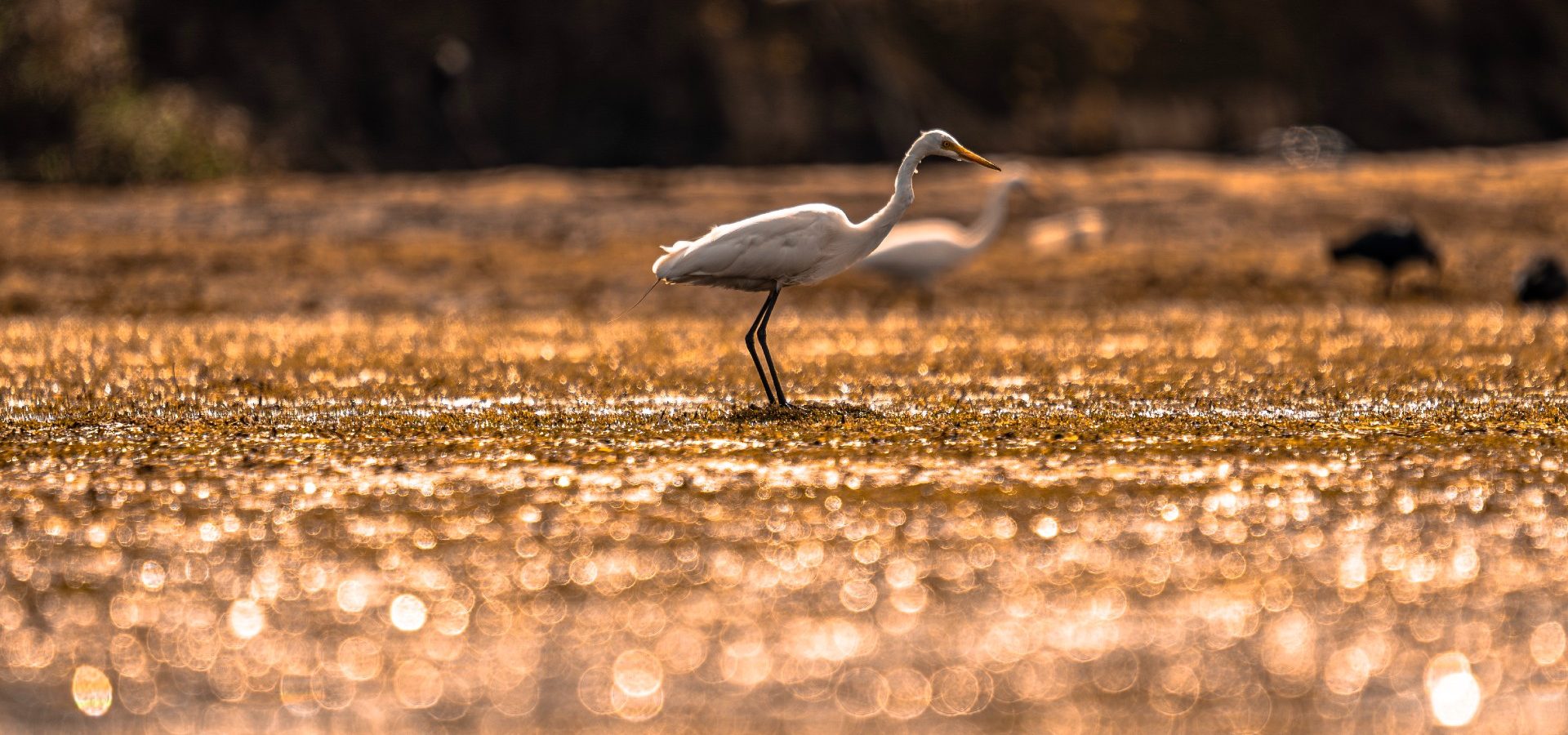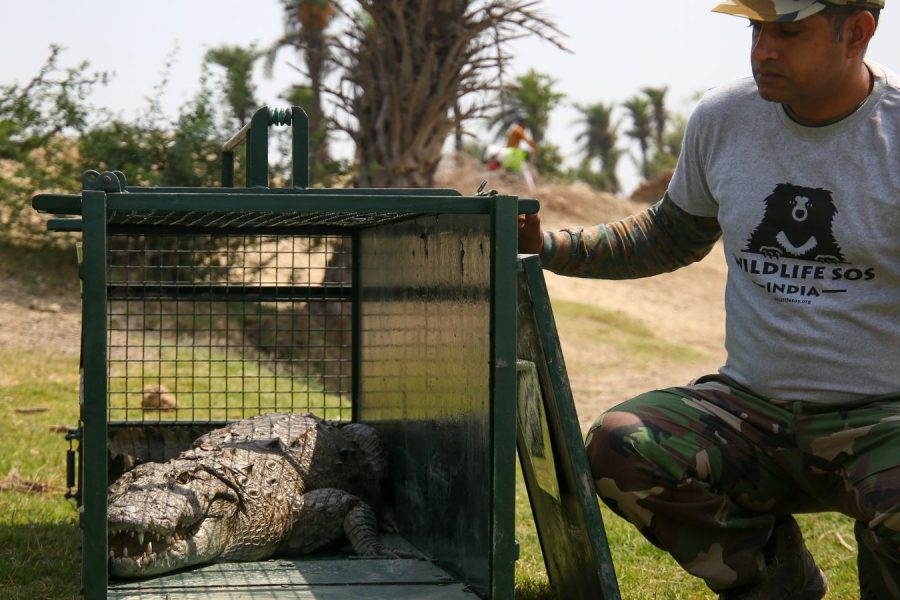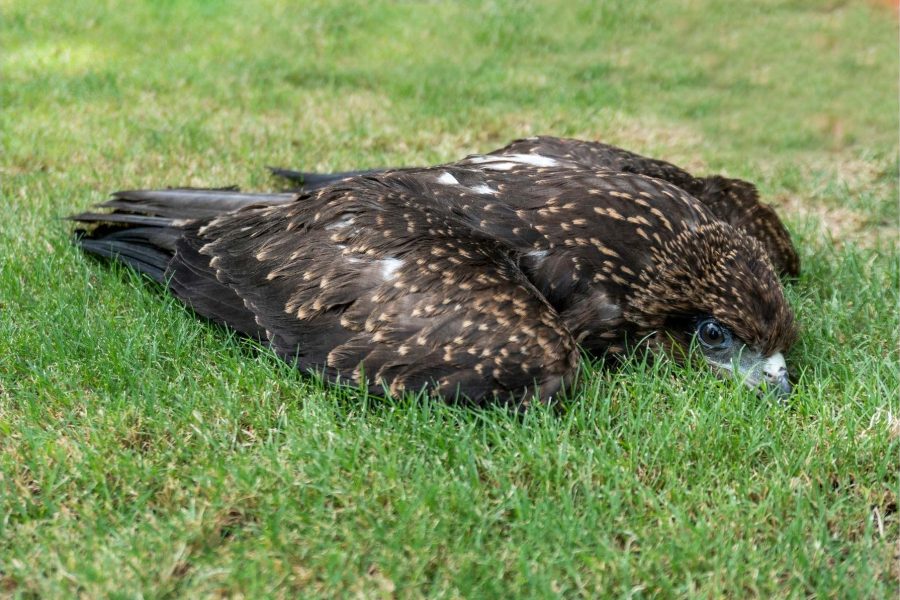Have you ever been curious about the population of, let’s say, majestic tigers in the wild? We often hear exact numbers during a discourse on the subject, like ‘only 3,167 tigers remaining in the wild’. But do you wonder how one arrives at that figure? How do we count animals that roam the remote corners of our planet, often in inaccessible terrain?
Welcome to the world of wildlife census! Population census of animals is not simply about counting them, it’s a vital tool in understanding our planet’s incredible biodiversity. Here we delve into the profound significance of wildlife census, explore the methods employed in conducting them, and shine a spotlight on some remarkable census projects undertaken by Wildlife SOS.
Much like the human census, wildlife censuses are conducted at regular intervals to glean crucial data about various aspects of the animal kingdom. These surveys offer a window into the current status, population trends, distribution, effectiveness of conservation efforts, and the impact of anthropogenic threats. Equipped with this knowledge, conservationists can craft strategies for the conservation of animals that are teetering on the brink of extinction.
Wildlife Census Methods
Different wildlife census methods cater to the unique challenges of different species and environments. These methods can be broadly categorised into direct, indirect, and other approaches, each offering its own set of advantages and limitations.
- Direct Methods: These involve physically sighting and counting individual animals. Direct methods either aim to count all animals in a population or employ statistical sampling techniques to estimate population size. This approach provides precise data and allows researchers to obtain a snapshot of the population.
- Indirect Methods: When direct methods prove impractical or prohibitively expensive, indirect techniques come into play. These methods rely on physical evidence left by animals, such as footprints, droppings, or nests, to estimate population size. They offer a cost-effective alternative and are especially valuable in tracking elusive or endangered species.
- Other Methods: Cutting-edge methods like water hole censuses, camera traps, and satellite tracking are also integral to wildlife population estimation.
a. Water Hole Census: This method capitalises on the assumption that numerous animals, like ungulates and big cats, visit water holes at least once a day during the summer months. By counting the number of animals frequenting these sources, researchers can derive population estimates with relative ease. It’s a simple yet effective technique, particularly suited for arid regions.
b. Mark-Recapture Method: In this technique, small animals like amphibians, are temporarily captured, marked for identification, and then released back into the wild. Soon, a second capture operation is executed to see how many marked animals have been recaptured. A mathematical formula helps calculate the total population size.
c. Camera Trap: Leveraging state-of-the-art technology, camera traps have revolutionised wildlife population estimation. These devices are strategically placed in areas where target animals are likely to traverse. Equipped with motion or infrared sensors, the cameras automatically capture images when animals trigger them. By analysing the frequency of captured images, researchers can estimate population sizes.
d. Satellite Tracking: Advancements in satellite technology have opened up new frontiers in wildlife population monitoring. This method involves tracking animals’ movements via satellite, utilising the data collected based on locations and other tracking information.
Using these methods, Wildlife SOS has been involved in conducting population surveys throughout the country. Here is a brief overview of the wildlife censuses undertaken by the teams.
Hangul Census
Also known as the Kashmir stag, hangul stands as a symbol of India’s unique wildlife heritage, endemic to the pristine valleys of Kashmir. However, this species has faced a severe decline in its population and has received a ‘Critically Endangered’ status on the IUCN Red List. To combat an impending crisis, Wildlife SOS in collaboration with the Jammu and Kashmir Wildlife Department carry out a biennial hangul census.
Conducted over three days, the hangul census is a herculean task, involving extensive awareness sessions for student volunteers and wildlife enthusiasts. These participants are equipped with the knowledge and skills necessary to identify hangul and estimate their population using direct and indirect methods. With nearly 100 volunteers actively engaged in this conservation endeavour, it serves as an opportunity to gain an understanding of hangul’s plight.
Waterbird Census
The Asian Waterbird Census (AWC) stands as a pivotal initiative in understanding the avian diversity across the continent. This citizen science effort, conducted from January to March annually, serves as an essential tool for assessing the status of wetlands and waterbirds. Beyond merely documenting the presence of birds, the census provides a comprehensive picture of wetland health, reflecting the availability of suitable feeding, resting, roosting, and foraging habitats.
By engaging a diverse array of participants, from university and school staff to students, nature club members, amateur and professional ornithologists, and various governmental and non-governmental agencies, the census evolves into one of the world’s largest citizen science programmes. Beyond its immediate impact, the census serves as a foundation for developing effective strategies. The findings from the 2023 census, for instance, hold the potential to shed light on the impact of bird flu outbreaks on waterbirds.
Wildlife SOS participates in the annual Asian Waterbird Census in the biodiversity-rich regions of Jammu and Kashmir (J&K) as well as Agra in Uttar Pradesh. J&K’s picturesque wetlands, including Hokersar and Shallabugh, provide crucial habitats for resident and migratory birds. Agra’s Soor Sarovar Bird Sanctuary is also a refuge for nearly 165 bird species. By tracking the ebb and flow of avian populations, surveys provide the needed data for conservation efforts.
Counting Tigers
India conducts the tiger census every four years, which is overseen by the National Tiger Conservation Authority (NTCA). The latest census in 2022 revealed a heartening 6.7% increase in tiger numbers, from 2,967 in the 2018 census to 3,167. This highlights the success story of India’s ‘Project Tiger’, a conservation initiative that began 50 years ago.
To commemorate this, the Indian Conservation Conference was held in Mysuru earlier this year. Wildlife SOS made a significant contribution by presenting a compelling paper on human-wildlife conflict. Represented by Mr. Baiju Raj M. V., Director of Conservation Projects, the presentation delved into the critical topic of ‘Management and Awareness of Human-Wildlife Interactions’. With an emphasis on Wildlife SOS’ nationwide rescue efforts, he illuminated the challenges and solutions for conflict.
You can support Wildlife SOS in such conservation efforts by making a donation here.





